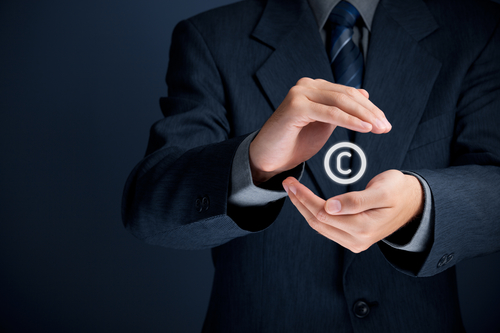Valuing a Copyright Infringement Claim
 {4:12 minutes to read} “How much is my claim worth?” This vexing question returns every time I consider a client’s copyright infringement claim. Attempting to predict a court verdict is a fool’s game, but there are some basic markers to guide us in valuing a claim.
{4:12 minutes to read} “How much is my claim worth?” This vexing question returns every time I consider a client’s copyright infringement claim. Attempting to predict a court verdict is a fool’s game, but there are some basic markers to guide us in valuing a claim.
Section 504 of the US Copyright Act provides 2 alternative methods of calculating damages.
- “Actual damages” – familiar to litigators the world over
- “Statutory damages” – an unusual method, often intriguing to non-U.S. claimants – that can be quite valuable to copyright holders
Claimants can elect either method and can opt for the higher valuation after trial.
Actual Damages
“Actual damages” is a shorthand for section 504’s specification of the actual damages suffered by the copyright holder plus any profits taken by the infringer.
For example, if the claimant is a record company which owns the rights to a sound recording infringed by a bootlegger, the claimant is entitled to the damages resulting from lost sales – sales that would have been made had the bootlegger not marketed his infringing copies – plus any profits the bootlegger may have made from selling the bootleg recordings.
The trouble with actual damages is that they are difficult and expensive to prove. Determining lost sales, for example, if done properly, may require the paid testimony of market experts, which may cost tens of thousands of dollars. If the claim isn’t valuable enough to justify that level of expenditure, it might not be worth bringing at all. This would potentially render all but the most high-value claims impractical to enforce.
Statutory Damages
Faced with this problem, Congress crafted a solution in the form of section 504(c): statutory damages.¹ Determining damages by this method is cheaper and easier: in essence, the Act authorizes the court to determine damages in a range between $750 and $30,000 (or as high as $150,000, where the claimant can show infringement was “willful”) per work infringed, without necessarily requiring reference to the actual damages suffered by the copyright holder.
Certain courts, especially in New York, have held that statutory damages should bear “some relation” to actual damages; others, especially in California, have held that statutory damages need not relate to actual damages at all.²
In a similar division, courts in New York have created a list of factors to consider in awarding statutory damages – factors that include likely actual damages as well as the intent and behavior of the infringer; courts on the west coast have instead determined that their discretion is absolute within the monetary ranges set by the Act.
In either case, the upshot for copyright holders is that they can avoid the difficulty and expense of expert testimony – or even of showing evidence of damages at all – and still receive value for their infringement claims.
Of course, as has been said before,³ to qualify for statutory damages – and other potential benefits, such as attorney’s fees and costs – the infringed work must have been registered with the U.S. Copyright Office usually before it was infringed. Consequently, I urge all copyright holders – in the U.S. as well as abroad – to register their works with the Copyright Office as early as possible.
 Joshua Graubart
Joshua Graubart
646-781-9321
jggraubart@graubartlaw.com
www.graubartlaw.com
